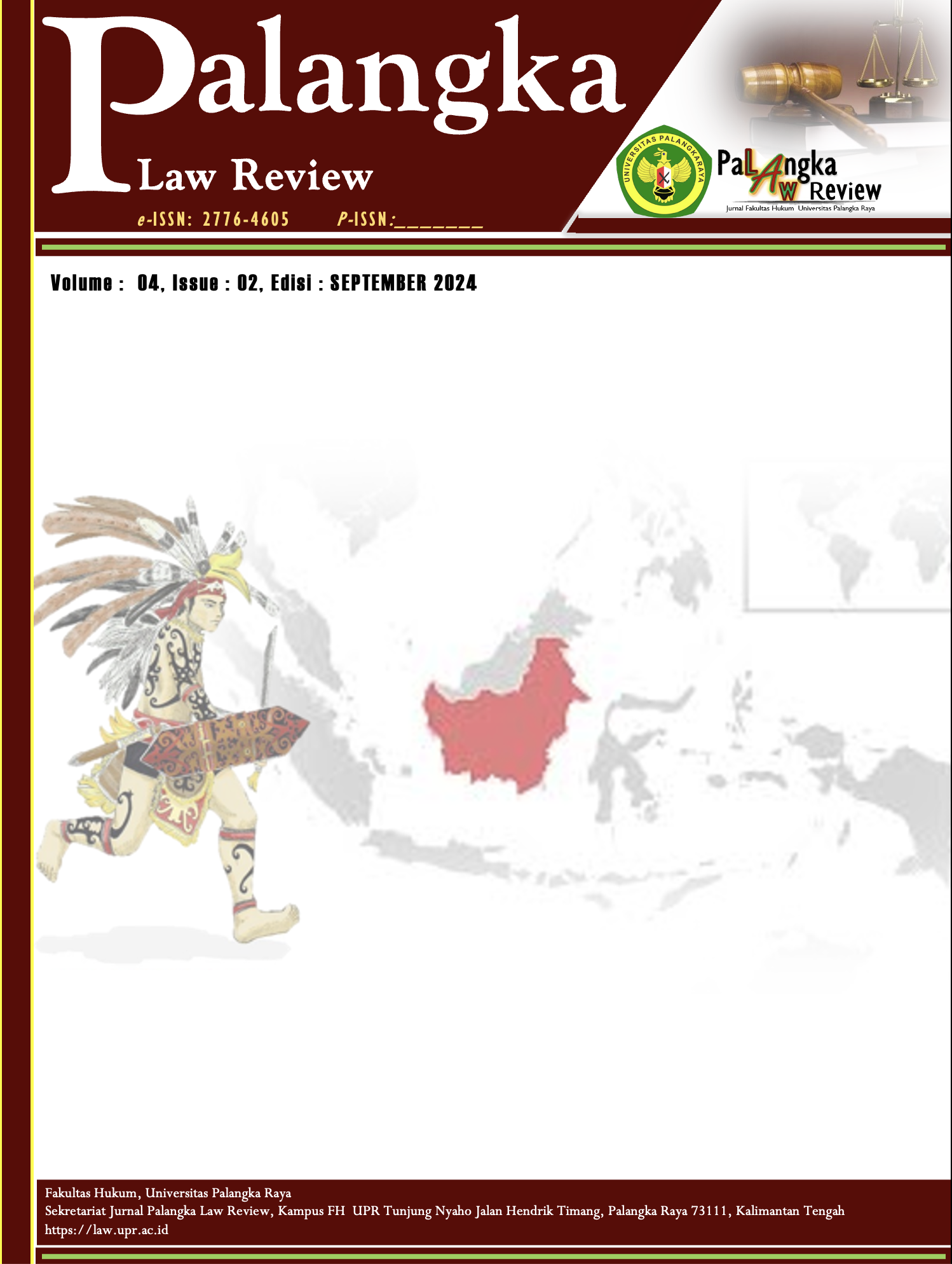Prevention of Gratification Practices: Synergy Between Government Internal Supervisory Apparatus and the Corruption Eradication Commission
DOI:
https://doi.org/10.52850/palarev.v4i2.18115Keywords:
Aparat Pengawas Pemerintah, Korupsi, Gratifikasi, Komisi Pemberantasan KorupsiAbstract
The increasing prevalence of gratification practices continues to erode the integrity of numerous officials, including executives serving in ministerial positions. This situation underscores a critical issue: existing regulations governing gratification practices heavily rely on the awareness and willingness of gratification recipients to report such acts to the Corruption Eradication Commission (KPK). Meanwhile, ministries themselves already have an internal supervisory body known as the Government Internal Supervisory Apparatus (APIP), authorized to conduct internal oversight. APIP’s position within institutions makes it a strategic body for preventing gratification.
However, APIP still faces several challenges, including limited authority and low operational efficiency. Using a doctrinal research method, this study adopts a statutory and conceptual approach to analyze the problems and propose solutions through qualitative elaboration. The data used in this research are secondary data sourced from literature studies, primarily derived from the Corruption Prevention Network portal.
The findings and conclusions of this study reveal that APIP’s limited authority and low efficiency in performing its duties as an internal supervisory body can be addressed through synergy between APIP and KPK. This can be achieved by expanding APIP's authority to report suspected gratification to KPK and granting KPK the authority to act as a mentor for APIP to enhance its capabilities. These two approaches are seen as efforts to optimize the prevention of gratification practices within ministries.
Downloads
Downloads
Published
Issue
Section
License
Copyright (c) 2024 Benediktus Bayu Widya Puryanta, Najwa Lathfa Ashila

This work is licensed under a Creative Commons Attribution 4.0 International License.





